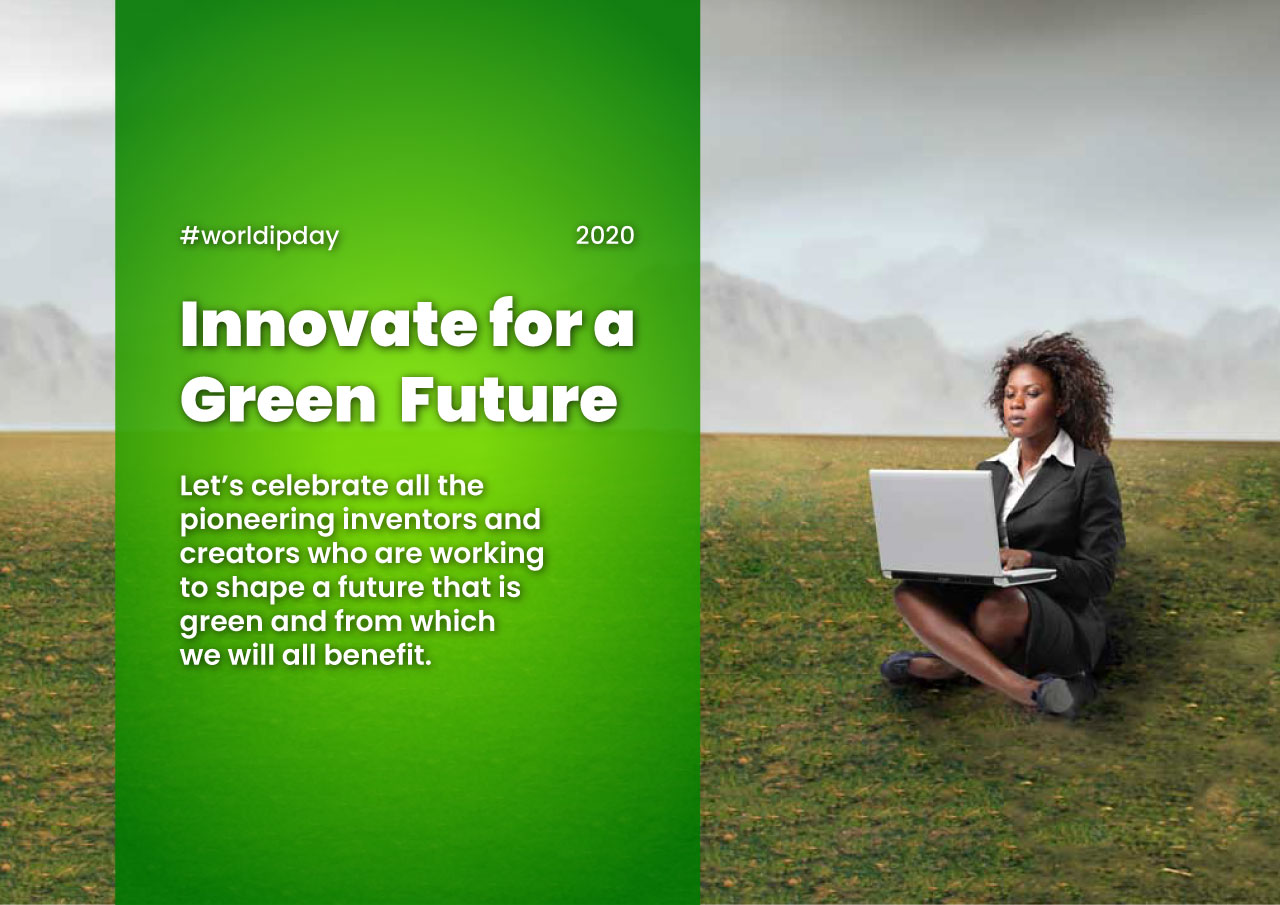Climate change has become a reality and along with it, the conversation around fostering innovation by coming up with new technology which is more sustainable towards the environment.
Intellectual property systems play an important role in the promotion of new technologies for the following reasons:
- Technology commercialisation requires the collaboration of different parties, who must be sure of which party owns what in order to define and value their contributions. Research institutions and small businesses which do not necessarily have financial capital but possess human capital and innovators can commercialise and bargain with companies that possess what they lack. This scenario creates a great opportunity for cross licencing, cutting costs and excess time for developing independent technology.
- Innovators can be confident that their technology or ideas can be shared or commercialised without worry about potential undercutting and abuse or copying. With intellectual property rights in place innovators are incentivised to create more and will be able to recoup on their investment in developing the technology.
In Zimbabwe for example, innovators are able to apply for patents to obtain exclusive rights for their novel inventions, industrial designs for the ornamental or aesthetic features of their inventions; and trademarks to protect their brand and clearly establish the badge of origin for their inventions. This may be done through the local office, the Zimbabwe Intellectual Property Office (ZIPO) or the African Regional Intellectual Property Organisation (ARIPO) where innovators have markets outside of Zimbabwe that they want to explore. Although not protectable in Zimbabwe, innovators can also apply for utility models, which are in simple terms “mini- patents” which may not meet the stringent requirements of patents. This is again where markets in other countries on the continent wish to be explored. Copyright, protects literary and artistic works- for example, software programs built around artificial intelligence are recognised as literary works and protectable under copyright.
CASE STUDIES
Azuri Homesmart technology
Azuri provides solar products and services for off-grid households across Africa. The HomeSmart artificial intelligence technology “learns a customer’s typical power-usage pattern and adapts energy output to manage the system to the customer’s needs. Unlike conventional systems that can shut down early in cloudy conditions, Azuri HomeSmart™ monitors and adapts to climatic conditions to ensure customers have ‘light at night’.”[1] Such a technology is naturally protected under copyright.
NOKERO
In the same field of solar energy, Nokero solar lamps are a patent protected technology that provide clean, safe and affordable lighting by reducing the use of kerosene lamps, and thus reducing carbon emissions. Nokero lamps are especially useful to low income families across the African continent.[2]
HOTSPOT
Hostpot is a South African innovation by AET Africa which provides an eco- friendly technology for heating water in the form of a plastic glove which can be fitted over any standard geyser element to give hot water within 30 minutes of it being switched on. This results in not only energy saving by 27%,[3] but the lowering of electricity costs for consumers. Such an innovation could be protected by a patent/utility model together with an industrial design for its ornamental nature and a trademark right over “Hotspot.”
Conclusively, to address issues such as climate change through the creation of more environmentally sustainable technologies such as Azuri, Nokero and Hotspot, innovators must feel that their environmental innovations are protected by firmly placed IP systems. This provides innovators with the peace of mind and security that the investment of their time and resources is well worth it. These technologies can be ultimately commercialised on an international scale, to the benefit of not only high- and low-income earning individuals, but the environment itself.
[1] Azuri Lifechanging Technology accessed at https://www.azuriweb.solutionsdev.co.uk/innovation/
[2] Nokero Solar accessed at http://www.nokero.com/our-impact-a/256.htm
[3] AET AFRICA “Hostpot” accessed at https://aetafrica.co.za/hot-spot/



0 Comments